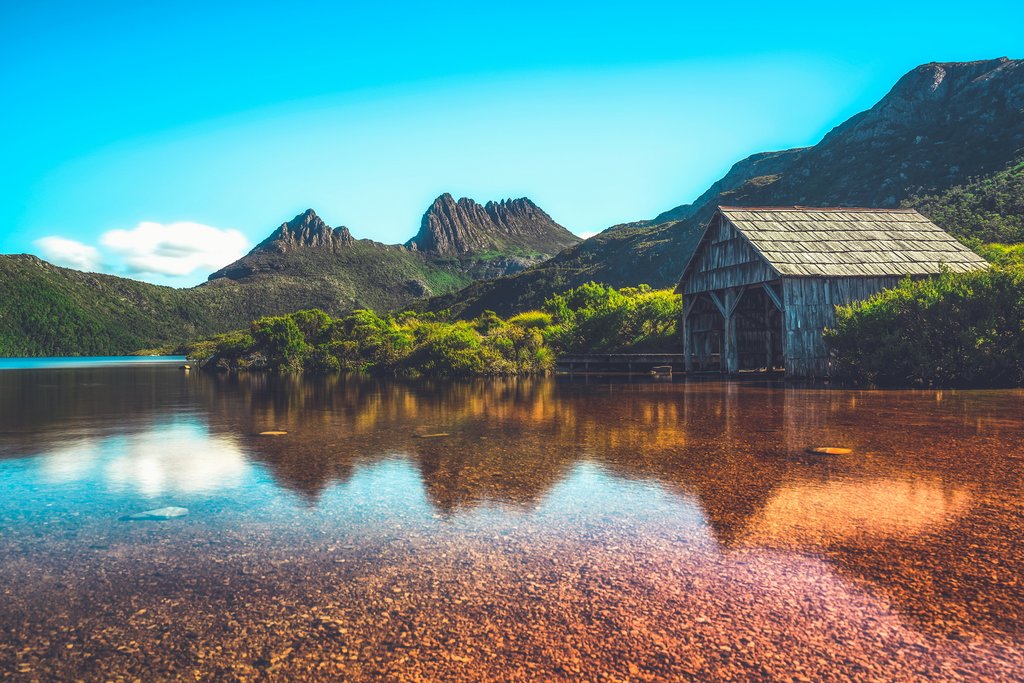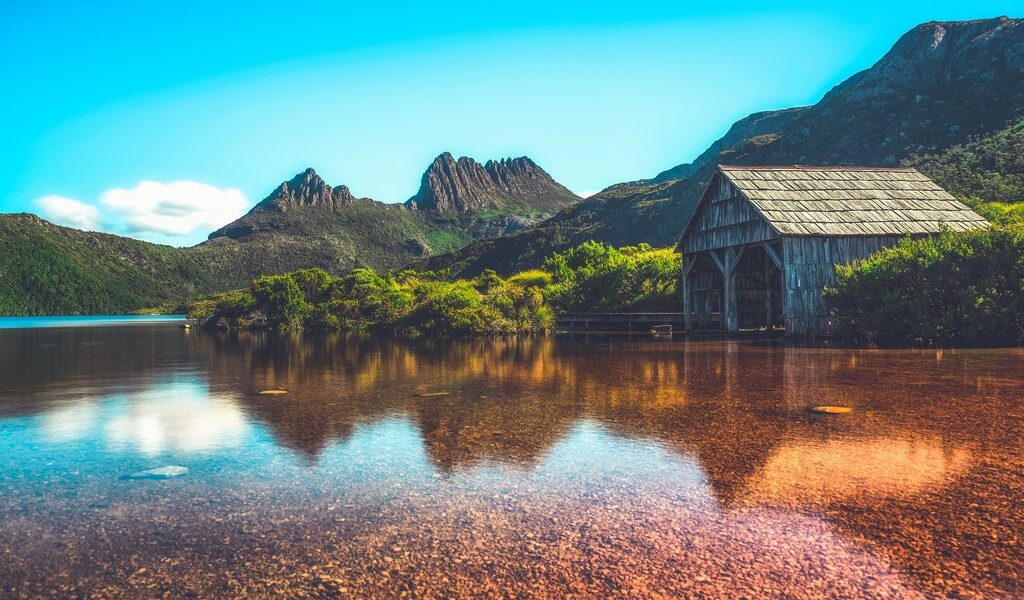
November is the last month of spring in southern parts of Australia and the start of the rainy season in the tropical north. Travelers seeking warm weather, beaches, and sunny skies are in luck, as temperatures are high but not as scorching as they’ll become in summer. Here are some important things to know about traveling to Australia in November.
## Weather in Australia in November
For the vast majority of travelers, the month of November, marking the late spring season in the Southern Hemisphere, presents a wonderfully comfortable period to journey to and explore the diverse landscapes of Australia. During this time, temperatures across much of the continent tend to be consistently warm, yet generally avoid becoming excessively hot, creating ideal conditions for outdoor activities and sightseeing. Rainfall is also characteristically low during November, with the significant exception being the tropical regions, where this month signals the commencement of the rainy season.
In the southern cities of Australia, travelers can anticipate temperatures that range from pleasantly warm to quite warm. In Hobart, situated in the island state of Tasmania, the average high temperature typically reaches around 64°F (18°C), providing a cooler climate compared to the mainland. However, most of the other major southern cities experience slightly warmer conditions, offering a more summery feel. Melbourne and Canberra both enjoy average high temperatures of approximately 71°F (22°C), while Adelaide and Sydney boast averages closer to 75°F (24°C). Perth, located on the western coast, generally sees even warmer temperatures, with average highs reaching around 79°F (26°C). Further north, Brisbane, situated in Queensland but outside the true tropics, experiences average high temperatures of around 80°F (27°C).
Venturing into the Australian outback during November, travelers should be prepared for potentially hot conditions during the daytime. However, it is important to note that temperatures characteristically drop significantly once night falls, so packing a light sweater or jacket is still recommended for comfortable evenings. In Alice Springs, which is located relatively close to the iconic Uluru, average high temperatures in November can reach up to 91°F (33°C), but overnight lows can fall to around 65°F (18°C).
With the notable exception of the tropical regions, November is generally not a particularly wet month across Australia, and rainfall is unlikely to present a significant issue for travelers in most areas. That being said, Melbourne experiences its wettest month of the year during November, although it’s worth bearing in mind that Melbourne is generally a fairly dry city. Sydney and Brisbane also tend to experience some rainfall during this time, so visitors to these cities should anticipate occasional showers rather than continuous heavy downpours. Other southern cities, especially Perth, tend to be more arid and experience little rainfall.
## Crowds and Costs Associated with November Travel
November falls outside the peak tourist season in Australia, but the southern regions of the country still attract a steady stream of visitors, particularly in popular cities like Sydney and Melbourne. As many of the major holiday periods occur in December, November is often considered a shoulder season across much of Australia, offering a balance between favorable weather and manageable crowds. In contrast, the tropical north of Australia experiences its off-season during November, as the combination of increasing rainfall, high humidity, and high temperatures tends to deter many travelers. Visitors to Australia in November should generally find it easier to secure reservations at their preferred hotels without the peak season prices, and domestic flights are typically readily available.
## Suggested Destinations to Visit
If you’re not particularly fond of high humidity, tropical downpours, and temperatures that can soar to around 95°F (35°C), it’s probably best to avoid the tropical north of Australia during November. This includes Darwin and the coastal areas of the Northern Territory, as well as northern Queensland (Cairns, Townsville, the Whitsundays, Port Douglas), and northern Western Australia (Broome).
However, virtually everywhere else in Australia offers fantastic travel opportunities during November. The southern cities provide warm but not excessively hot conditions, making them ideal for exploration. In southern Queensland and northern New South Wales, travelers can take advantage of the pleasant weather to enjoy some relaxing beach time. And while the outback can experience high temperatures, flying into Alice Springs and/or Uluru allows you to immerse yourself in the unique landscapes of the Red Centre. Tasmania retains a cooler climate compared to much of mainland Australia and presents an outdoor enthusiast’s paradise, making November an excellent time to visit if you prefer milder temperatures.
## Activities and Experiences to Consider
November provides an ideal opportunity to embark on a scenic road trip through the southern regions of Australia. Consider driving along the iconic Great Ocean Road in Victoria or exploring the picturesque coastline of New South Wales and southern Queensland between Sydney and Brisbane. However, it’s advisable to avoid undertaking long-distance drives through the desert areas, as conditions can become very hot, particularly later in the month.
While swimming in the sea in the tropical north is generally not recommended due to the presence of potentially dangerous jellyfish, conditions are perfectly suitable further south. Although water temperatures might be slightly cooler at the beginning of the season, taking a refreshing dip in the sea can be a delightful way to cool off on a sunny day. Beach towns around Perth and Sydney, as well as along the New South Wales coast (Byron Bay) and southern Queensland (Brisbane, the Sunshine Coast, the Gold Coast), offer inviting swimming conditions in November.
If you’re planning to visit Uluru and Alice Springs, it’s generally preferable to fly rather than drive during November, as the conditions can be uncomfortable for long-distance road travel at this time. Sightseeing in the major cities is comfortable throughout the month, and if temperatures become a bit too warm for extended outdoor activities, you can always escape into an air-conditioned museum, art gallery, or restaurant. Plus, most of the major Australian cities (with the exception of Canberra) are located along the coast, meaning that beautiful beaches are never too far away.
## Notable Events in November
**The Melbourne Cup**. For horse racing enthusiasts, the Melbourne Cup is an event not to be missed. This is the most prestigious horse race on the Australian calendar, held annually on the 5th of November. It attracts huge crowds and is a major social occasion.
B-109

